Shutter Speed Calculator
How the Shutter Speed Calculator Works
The Shutter Speed Calculator is designed to assist you in determining the optimal shutter speed for a given scene. Here's how it works:
- Exposure Value (EV):
- This represents the lighting conditions of your scene. The EV scale ranges from dark astrophotography conditions to bright sunlight on reflective surfaces. The lower the number, the darker the scene. The full list of these EVs is below.
- By selecting an EV, you're telling the calculator how much light is available in your environment.
- ISO:
- ISO represents your camera's sensitivity to light. A higher ISO number increases the sensitivity, allowing for faster shutter speeds but might introduce more noise/grain to the image.
- Inputting the ISO gives the calculator an understanding of how sensitive your camera sensor will be for the shot.
- Aperture (f/number):
- The aperture controls the amount of light entering your camera lens. A smaller f/number (like f/1.4) means a larger aperture, allowing more light in, while a larger f/number (like f/22) is a smaller aperture, allowing less light.
- By selecting an aperture, you're indicating how much light you'll be allowing into the camera.
- Calculating Shutter Speed:
- Based on the EV, ISO, and Aperture you provide, the calculator uses a formula to determine the best shutter speed.
- The shutter speed is how long the camera's sensor will be exposed to light. A longer shutter speed (like 2 seconds) will also result in motion blur of moving objects. A shorter shutter speed (like 1/500 seconds) captures fast-moving subjects without blur.
- The formula used is: Shutter Speed = (100 x Aperture^2) / (ISO x 2^EV)
Remember, while this calculator provides a strong starting point, the perfect shot often requires some experimentation. It's always a good idea to take multiple shots with slight variations in settings to ensure the best results.
Shutter Speed Examples
To give you an idea of how changing the shutter speed affects motion blur in your photos, here's a few of mine with the shutter speed, camera settings and EV.
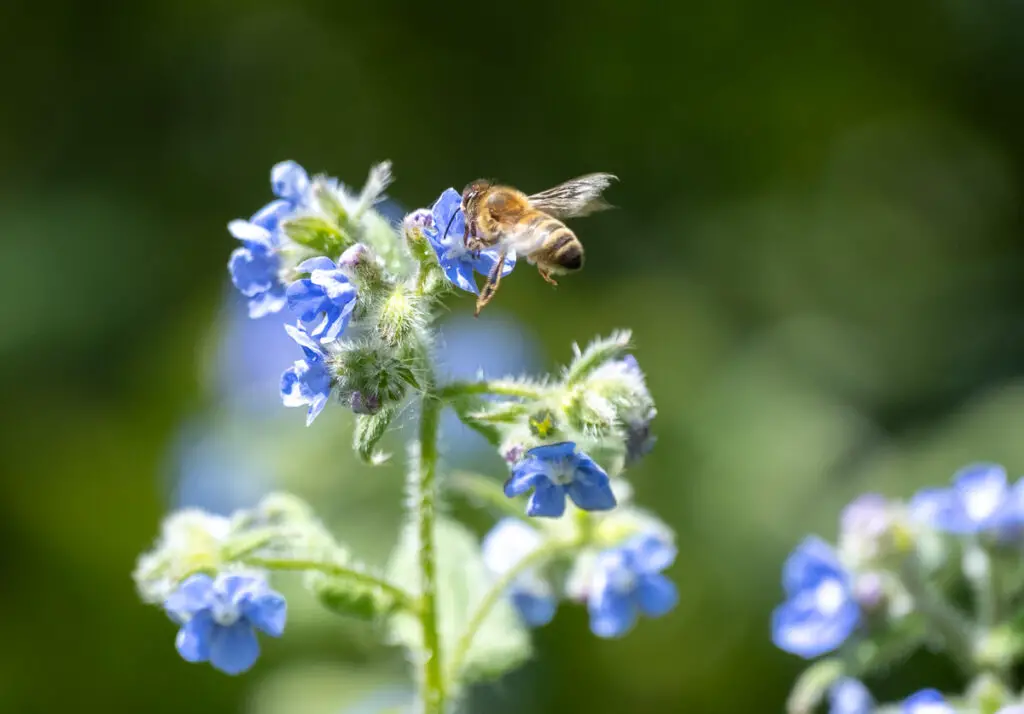
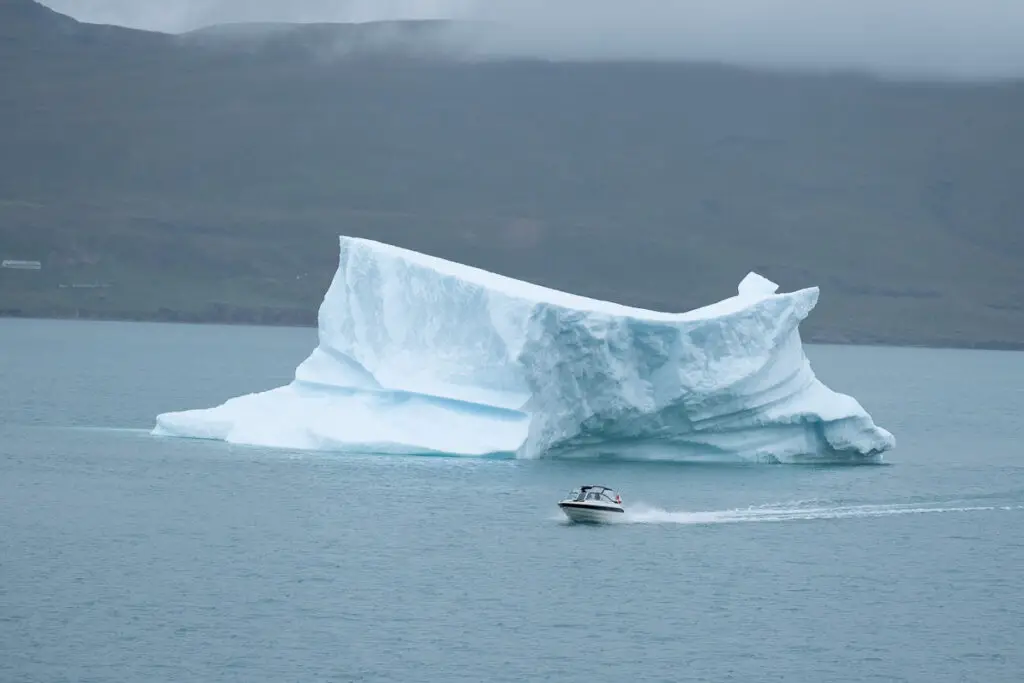
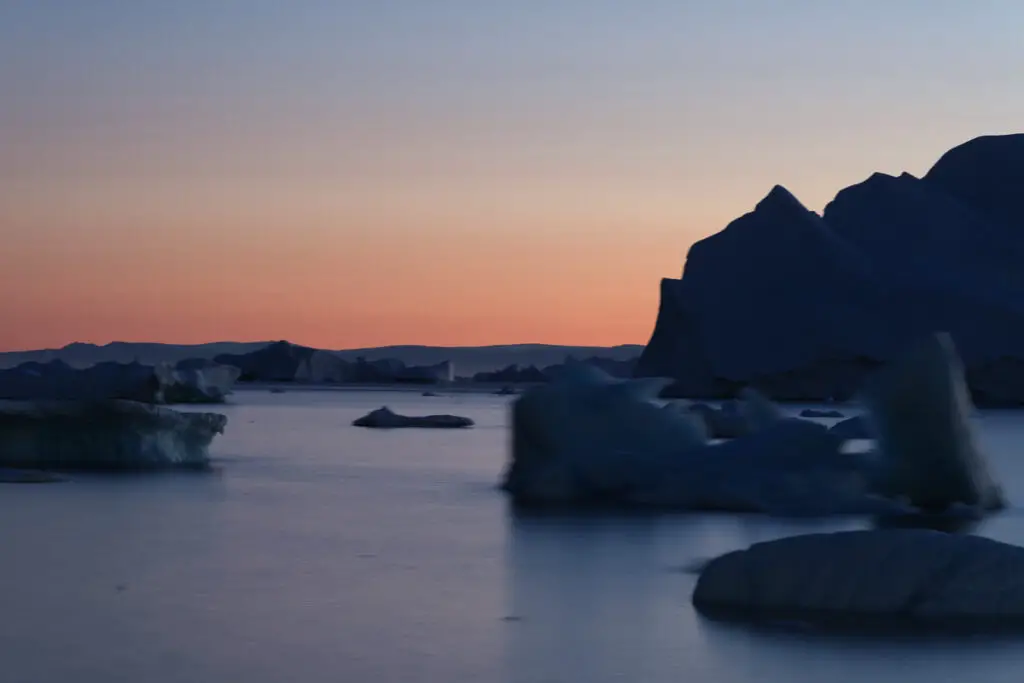
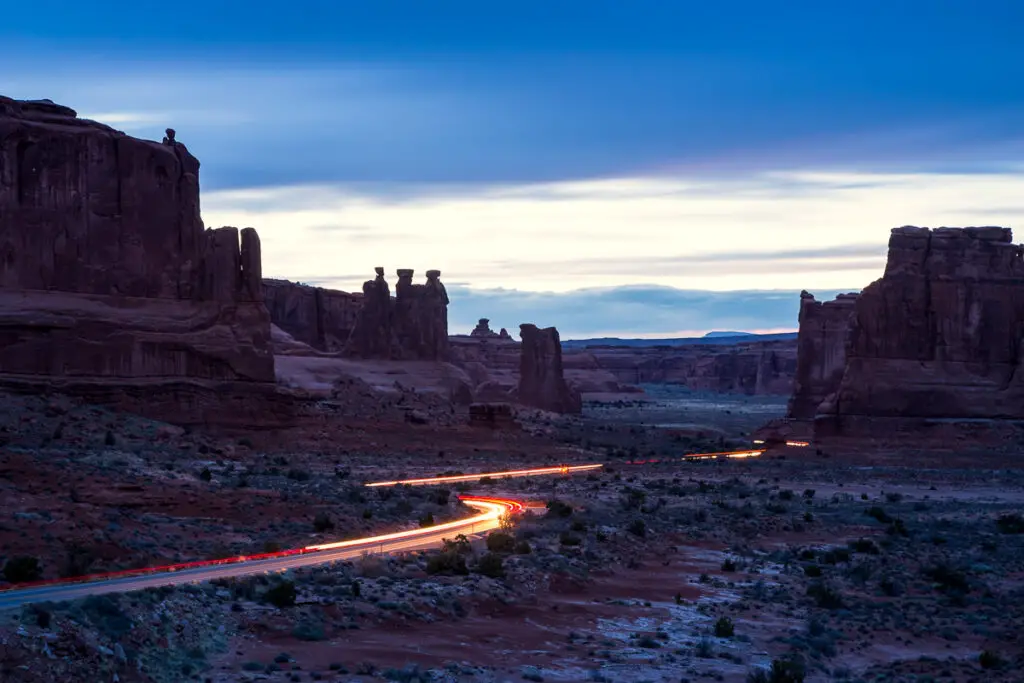
The full list of Exposure Values are:
| Exposure Value (EV) | Description |
|---|---|
| -8 | Astrophotography without moon |
| -7 | Astrophotography |
| -6 | Nighttime landscape under quarter moon |
| -5 | Aurora borealis of moderate brightness |
| -4 | Nighttime landscape under gibbous moon |
| -3 | Nighttime landscape under full moon |
| -2 | Nighttime snow or beach landscape under full moon |
| -1 | End of blue hour |
| 0 | Late in blue hour |
| 1 | Middle of blue hour |
| 2 | Distant cityscape at night |
| 3 | Indoor scene lit only by dim window light |
| 4 | Floodlit monuments or fountains at night |
| 5 | Typical artificial indoor light |
| 6 | Bright indoor lighting |
| 7 | Fairs and theme parks at night |
| 8 | Bright window displays and advertisements at night |
| 9 | Nighttime sporting events under bright light |
| 10 | Moment after sunset on a clear day |
| 11 | Daylight on a foggy day |
| 12 | Moment before sunset on a clear day |
| 13 | Typical subject on a bright, cloudy day |
| 14 | Typical subject on a day with hazy sunlight |
| 15 | Full sunlight on a cloudless day, typical subject |
| 16 | Full sunlight on a cloudless day, bright subject (i.e. the beach) |
| 17 | Full sunlight on a cloudless day, highly reflective subject (i.e. snow) |
Read More:
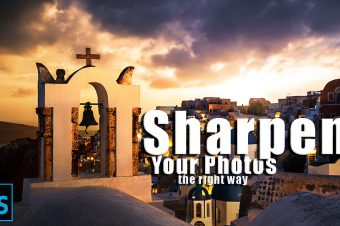
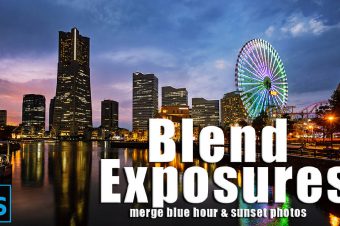
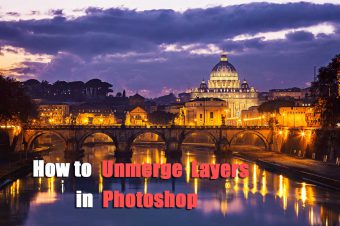
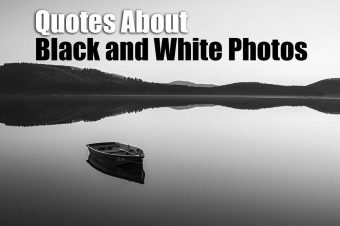
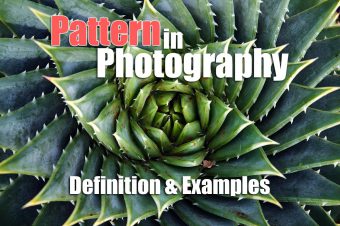
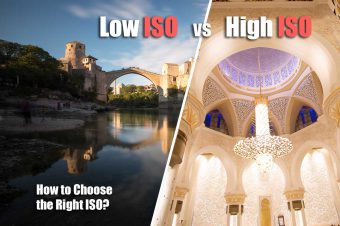
Leave a Reply